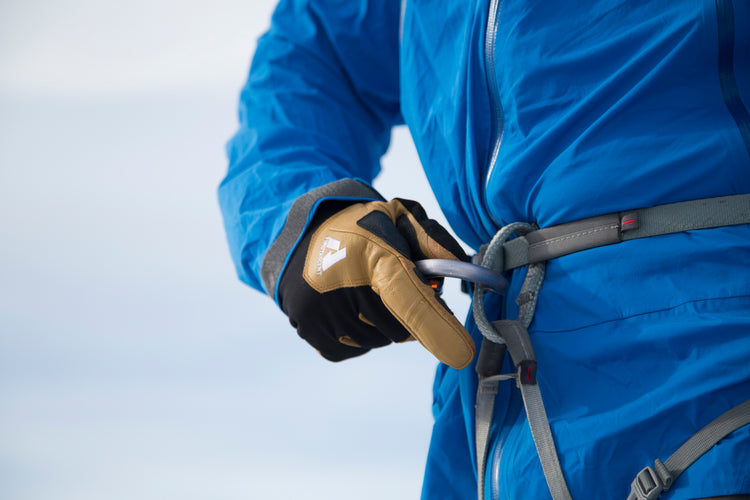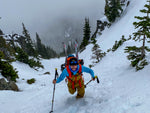When embarking on a thrilling mountaineering adventure, one of the most crucial pieces of gear you'll need is a reliable harness. A well-fitted harness not only ensures your safety but also provides the comfort and freedom of movement necessary for scaling peaks and tackling challenging terrain. In this guide, we'll walk you through the key factors to consider when choosing a harness specifically designed for mountaineering. So, let's dive in and find the perfect fit for your mountaineering endeavors!
Safety First: Construction and Certification
Mountaineering harnesses are built to withstand the demanding conditions of the alpine environment. Look for a harness made with durable materials like nylon or polyester webbing, as they offer excellent strength and resistance to abrasion. Reinforced tie-in points and sturdy buckles are also essential for reliable performance on the mountain.
Ensure that the harness you choose is certified by reputable organizations such as the UIAA (International Climbing and Mountaineering Federation) or CE (Conformité Européene). These certifications guarantee that the harness meets strict safety standards and has undergone rigorous testing.
The Perfect Fit: Sizing and Adjustability
Just like your boots, a harness must fit you properly for optimal comfort and safety. Mountaineering harnesses are typically designed to accommodate layering, allowing you to wear them over bulky clothing in cold conditions. Consider sizing up if you plan to use the harness during winter climbs or with multiple layers.
Adjustability is another crucial aspect to ensure a personalized fit. Look for a harness with multiple points of adjustment, such as waist and leg loops. These allow you to fine-tune the fit, providing both security and freedom of movement. Keep in mind that harnesses with adjustable leg loops offer more versatility and can accommodate different body types.
Weight Matters: Minimalism vs. Features
When it comes to mountaineering, every ounce counts. As you'll be carrying additional gear, a lightweight harness can make a noticeable difference in your overall comfort and mobility. Unlike rock or ice climbing, you’ll spend more time walking in your harness than hanging from it, so you can get away with less padding on the waist and leg loops. Consider minimalist harnesses that prioritize weight reduction while still maintaining necessary safety features.
However, striking a balance between weight and functionality is key. Look for harnesses that offer gear loops for organizing your equipment, as well as ice clipper slots for securing ice screws and other tools. Detachable leg loops are also a plus - they make taking bathroom breaks much easier!
Versatility in the Mountains: Adjustable Risers and Gear Compatibility
Mountaineering involves a variety of activities, from steep ascents to glacier travel. Look for harnesses with adjustable risers, which allow you to raise or lower the attachment point of your leg loops. This feature proves invaluable during long uphill sections or when wearing a backpack with a hip belt.
Consider the gear you typically use during mountaineering adventures. If you frequently carry a pack, opt for a harness with a higher tie-in point to prevent interference between the harness and your backpack's waist belt.
Choosing the right harness for your mountaineering adventures is a critical decision that directly impacts your safety, comfort, and overall experience. Focus on finding a harness that combines durability, adjustability, and weight-conscious design. Remember to prioritize safety certifications, a proper fit, and the versatility required for various mountaineering activities.


